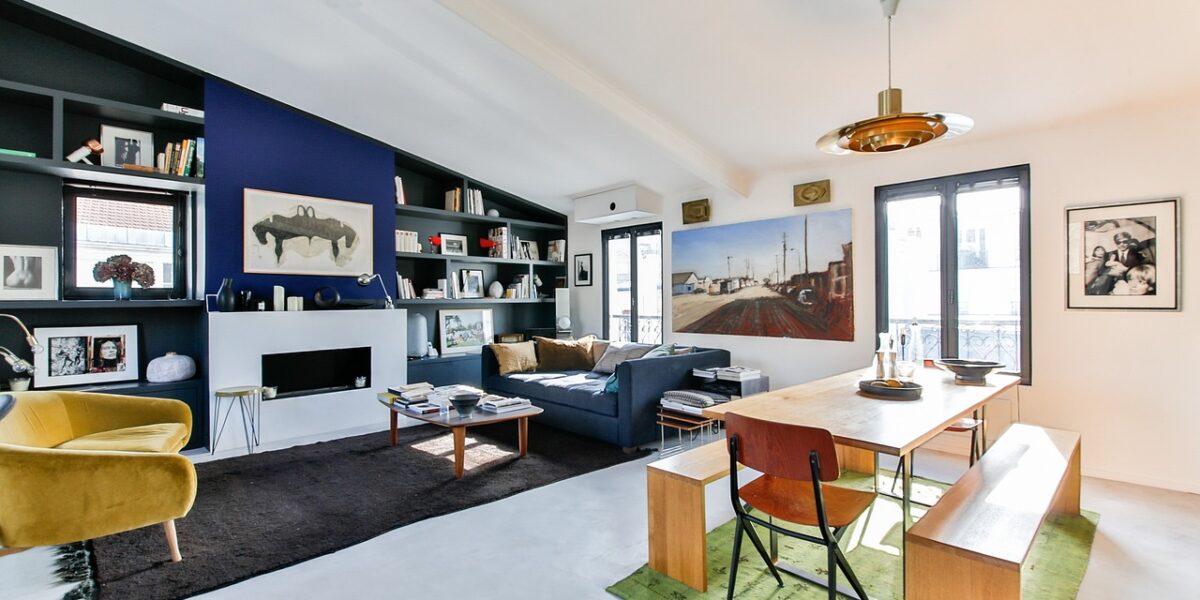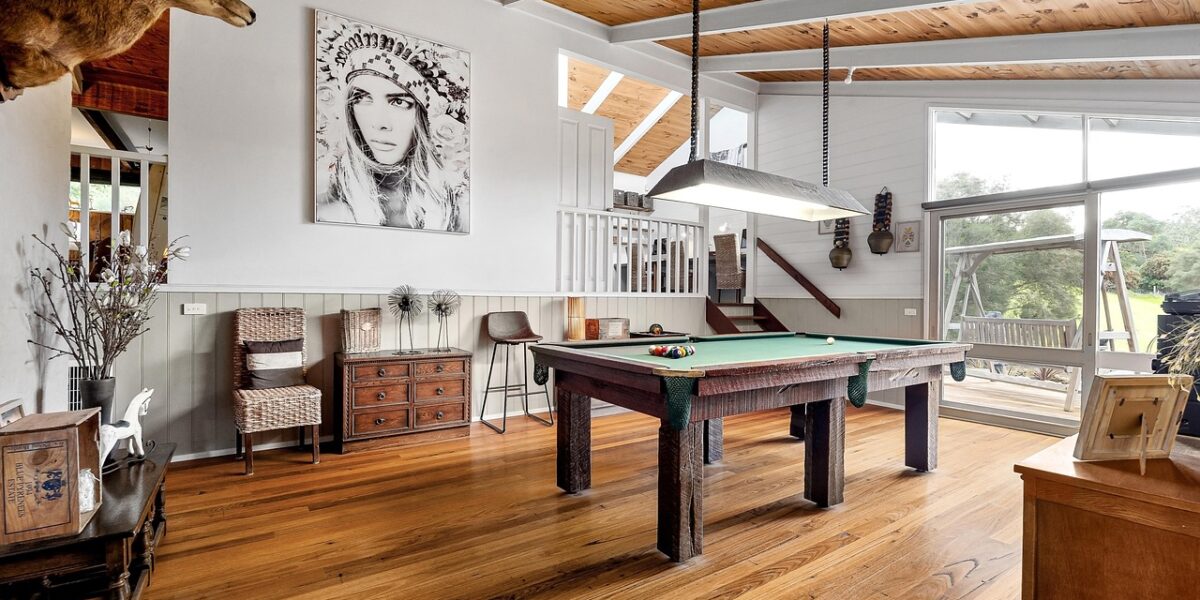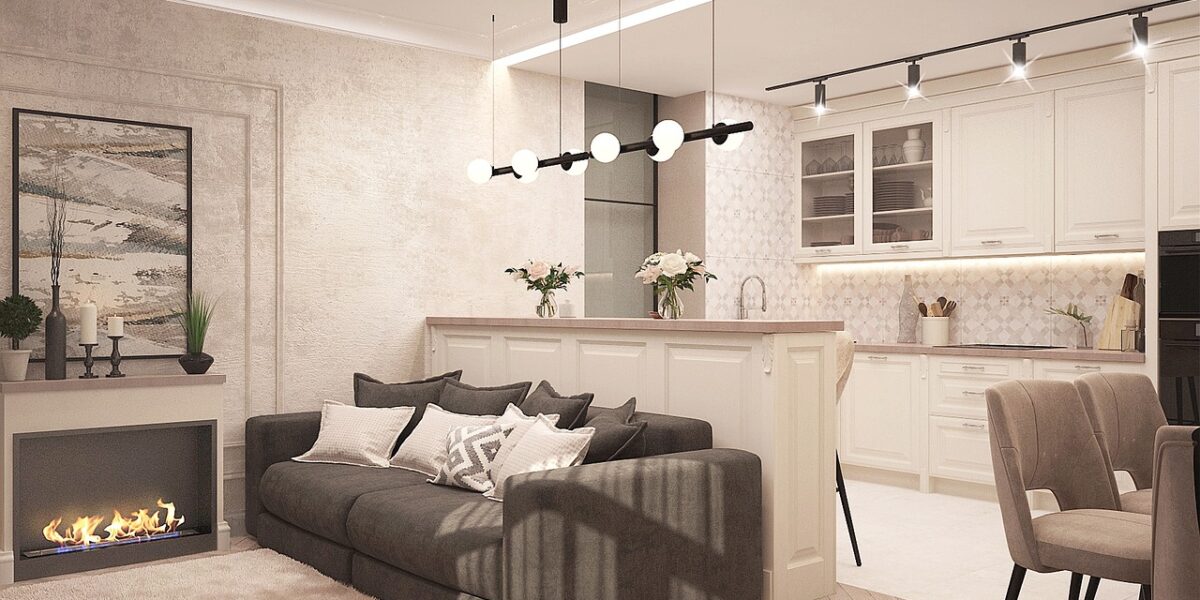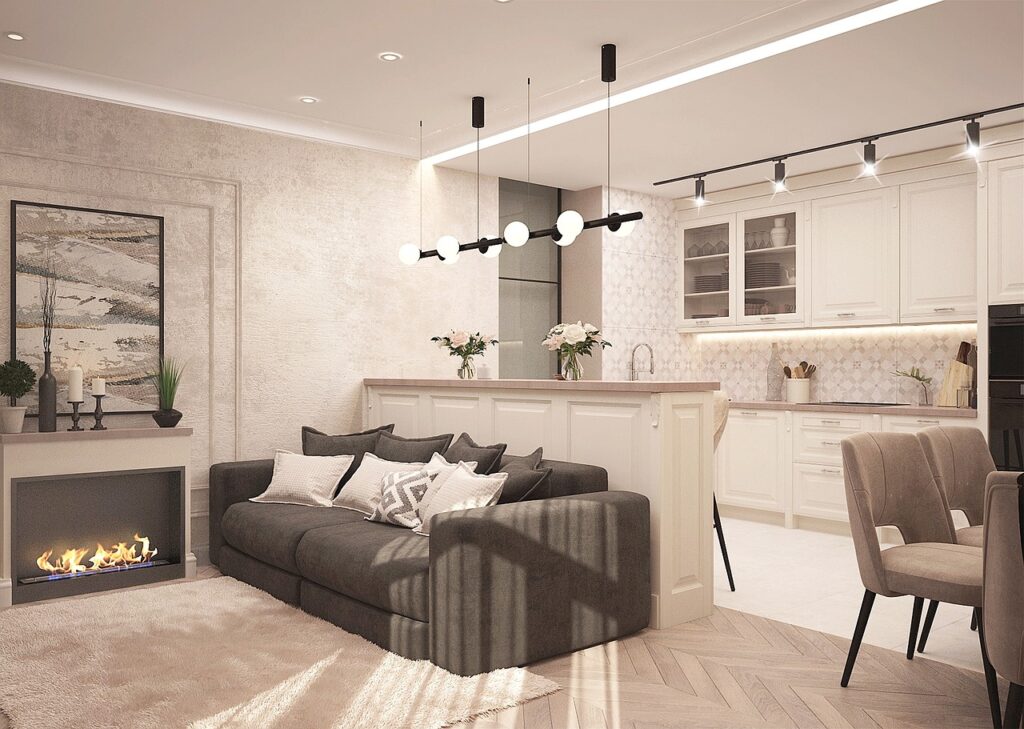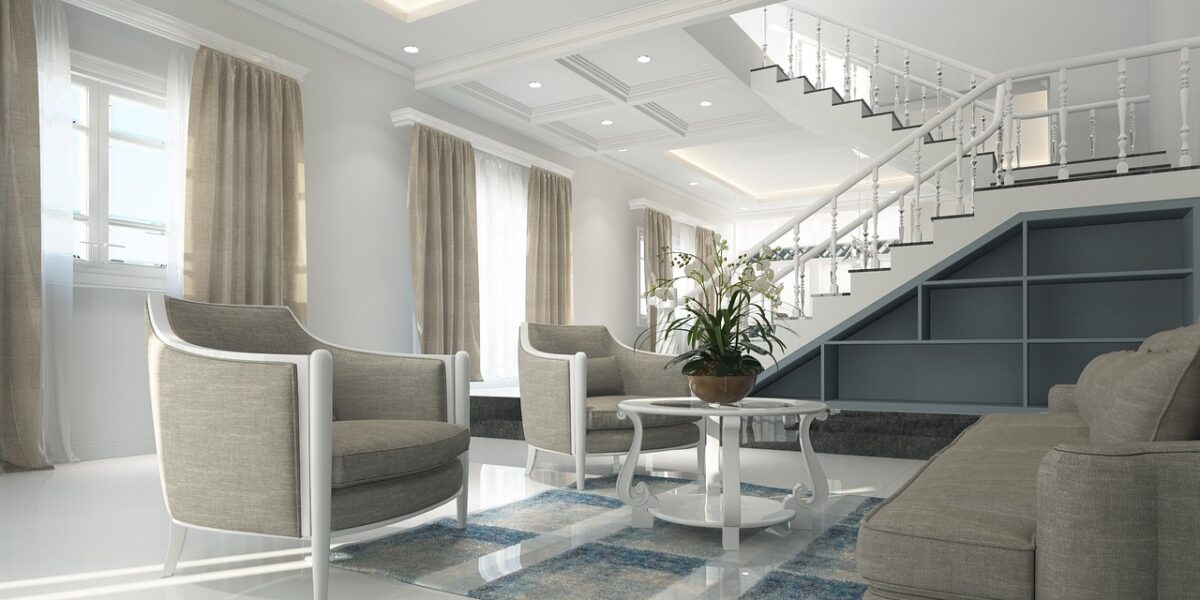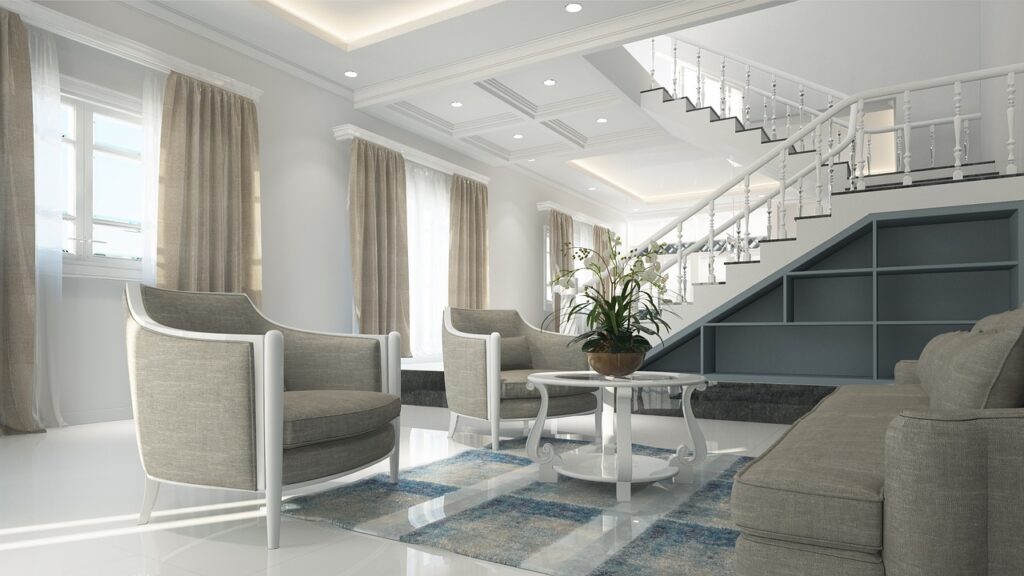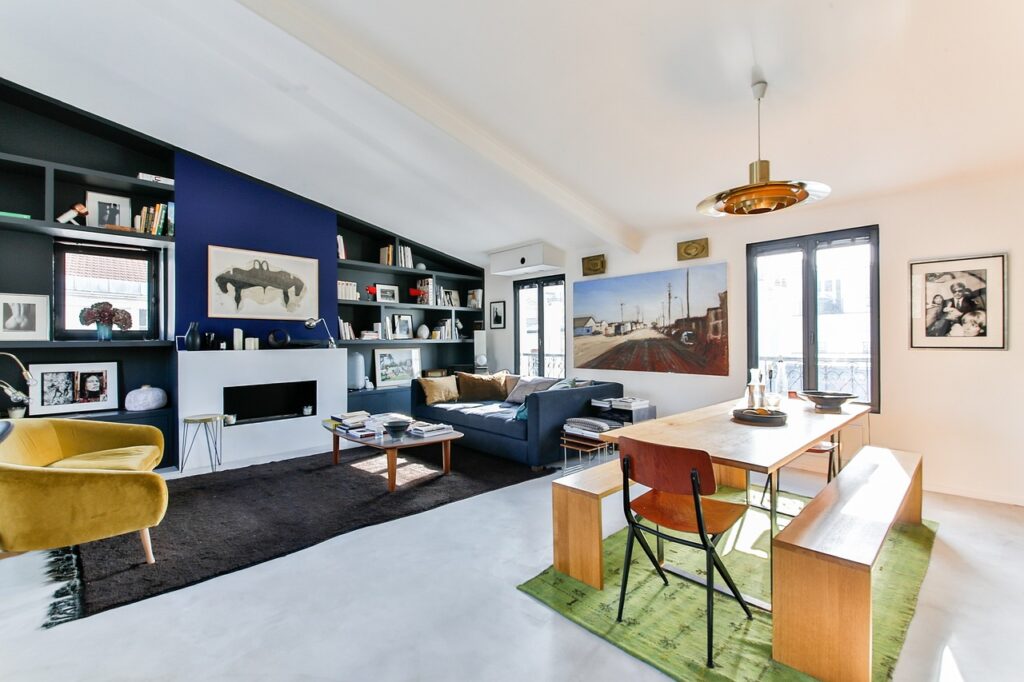
Toronto’s housing market makes moving expensive and stressful currently. Strategic home expansion design adds space for less than relocation costs. Your lot likely has untapped potential waiting for development. Growing families need more room without changing neighborhoods they love.
Why Expand Instead Of Move
Real estate fees consume five percent of sale prices immediately lost. Moving costs add thousands more between movers and time off. New neighborhoods mean starting over with schools and community connections. Smart home expansion design keeps you rooted while gaining needed space efficiently. Land transfer taxes in Toronto reach massive amounts quickly escalating costs.
Building up or out costs forty to sixty percent less than moving typically. You control the design creating exactly what your family needs. No surprises lurk like in existing homes hiding problems always. Your investment directly improves your property value measurably and permanently. Mortgage rates on renovations often beat purchase rates currently available.
Second Story Additions Maximize Land
Doubling your footprint without losing yard space makes sense here. Foundations typically support additional floors with minor reinforcements needed sometimes. Costs run lower than excavating basements or building outward significantly. Three to four bedrooms fit above existing single-story homes easily. Design stairs carefully to minimize space lost on lower floors.
Bump-Outs Add Space Affordably
Extend one room six to eight feet gaining significant area. Kitchens and dining rooms benefit most from bump-out additions. Costs run thirty to fifty thousand for typical projects completed. Foundation work stays minimal keeping budgets reasonable throughout construction. Permits process faster than full additions in most municipalities.
Basement Renovations Unlock Hidden Space
Finishing basements adds fifty to seventy percent of square footage. Costs run fifty to one hundred dollars per square foot. Bedrooms, offices, and recreation rooms fit below ground level. Address moisture and egress requirements meeting code standards always. Proper insulation makes basements comfortable year-round for daily use.
Garage Conversions Repurpose Existing Space
Living space costs less than new construction significantly. Foundation and roof already exist reducing major expenses. Permits still required but process moves faster usually. Consider parking needs before converting permanently though. Resale value can suffer if garage loss matters to buyers.
Attic Finishing Captures Wasted Volume
Unused attics offer hundreds of square feet potentially available now. Dormers add headroom and light making spaces truly usable. Insulation and climate control require attention for comfort achieved. Access stairs must meet code for legal bedroom designations. These spaces work perfectly for kids, guests, or home offices.
Sunroom Additions Extend Living Season
Three-season rooms cost less than fully conditioned spaces built. They provide outdoor feelings without weather exposure or insects. Heating options allow year-round use in Toronto’s climate variability. Large windows flood spaces with natural light boosting mood. Perfect for dining, lounging, or indoor plant growing year-round.
Laneway Houses Maximize Urban Lots
Toronto now allows these secondary dwellings on qualifying properties. Rent them for income covering construction costs over time. House aging parents or adult children maintaining independence nearby. Boost property values significantly with legal secondary suites added. Zoning rules vary so research your specific property eligibility first.
Planning Process Takes Time
Hire architects experienced with local bylaws and permit processes. Get three quotes from reputable builders with references checked. Budget ten to fifteen percent extra for unforeseen issues arising. Secure financing before starting to avoid construction delays happening. Live elsewhere during major work or plan temporary kitchen setups.
Maximize Return On Investment
Kitchens and bathrooms return highest percentages of costs invested. Additional bedrooms matter more than oversized primary suites built. Match neighborhood standards avoiding over-improving for your area. Quality finishes matter but avoid ultra-luxury in average neighborhoods. Function should drive design more than trendy features fading.
2026 Design Trends To Consider
Open concepts remain popular for main living areas throughout homes. Multi-use spaces adapt as family needs change over years. Home offices became standard expectations post-pandemic for workers. Outdoor connections through large doors and windows matter significantly. Sustainable materials and energy efficiency attract modern buyers increasingly.
Start Planning This Winter
January provides perfect timing for spring construction starts ahead. Architects and designers have availability during slower winter months. Permitting takes weeks or months depending on project complexity. Secure contractor quotes and schedules before busy season begins. Financing applications process while you finalize design details completely.
Your current home likely has more potential than you realize. Expansion costs far less than buying and moving elsewhere. Toronto’s competitive market makes improving your current property smart. 2026 brings opportunities to create your dream home exactly. Stop browsing listings and start planning your expansion today. Your perfect home exists within your current property boundaries.
